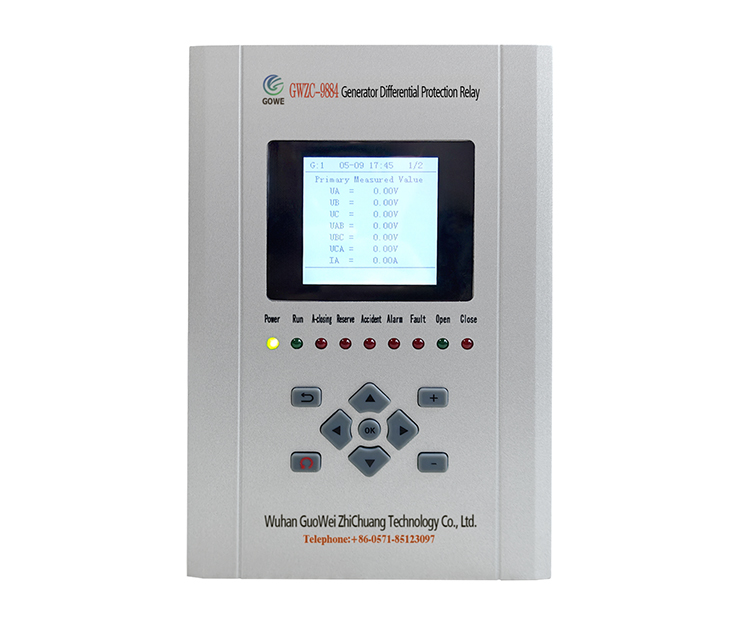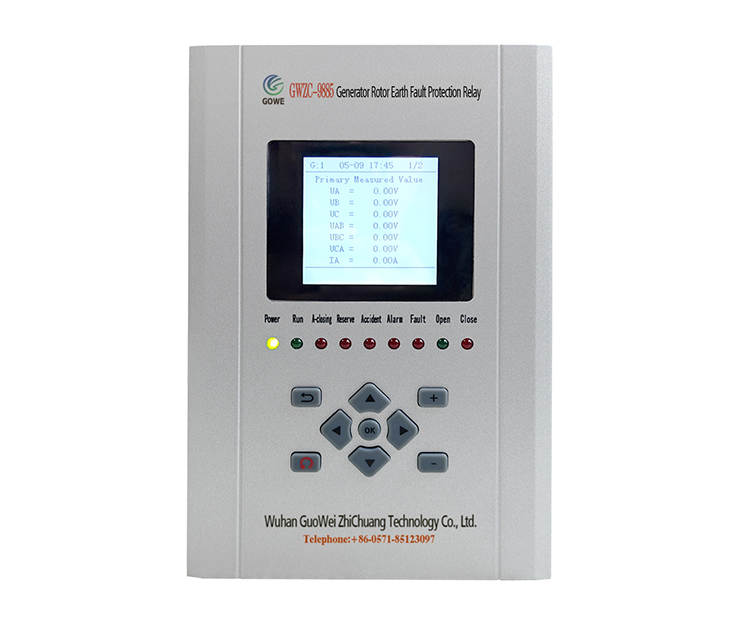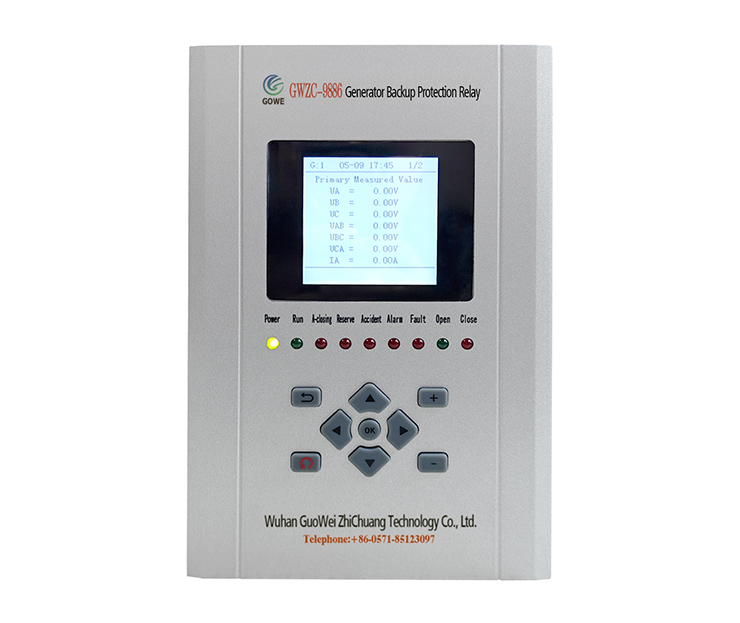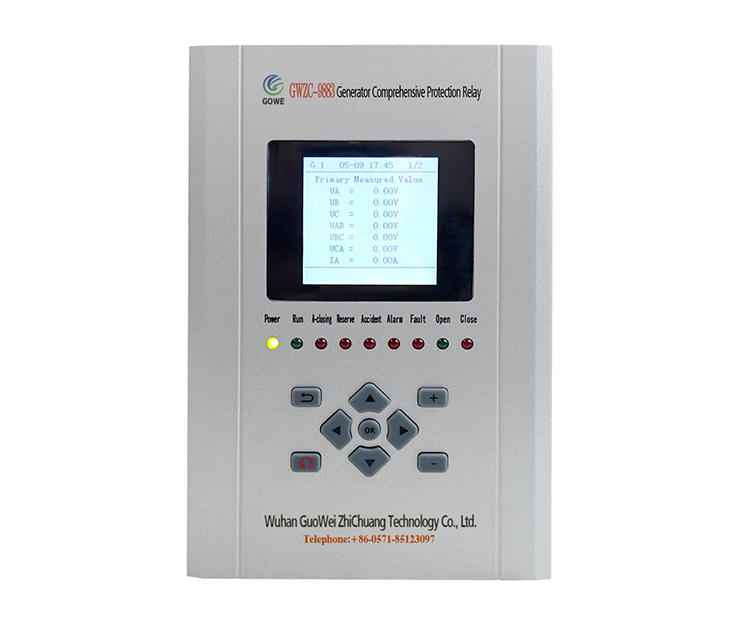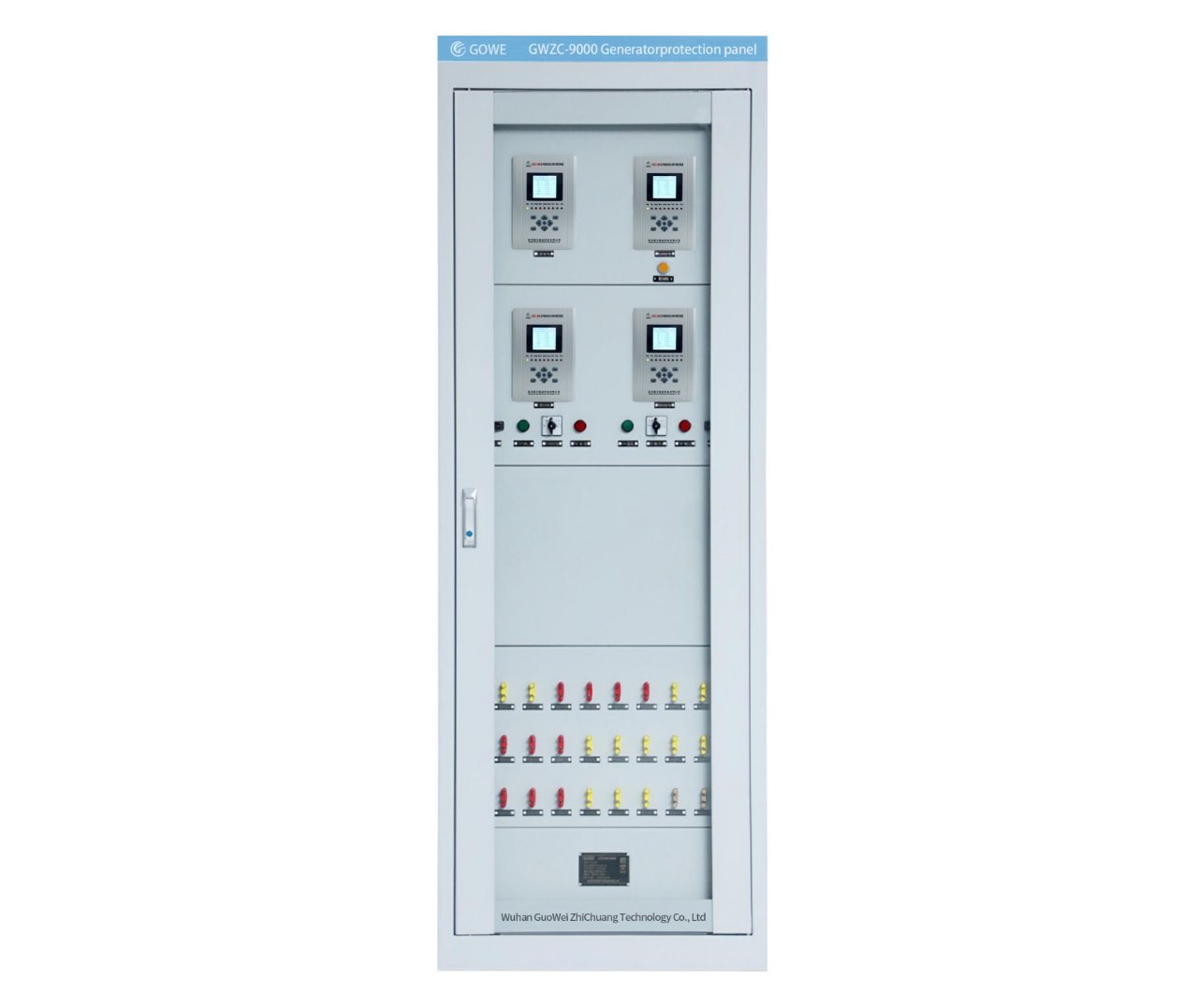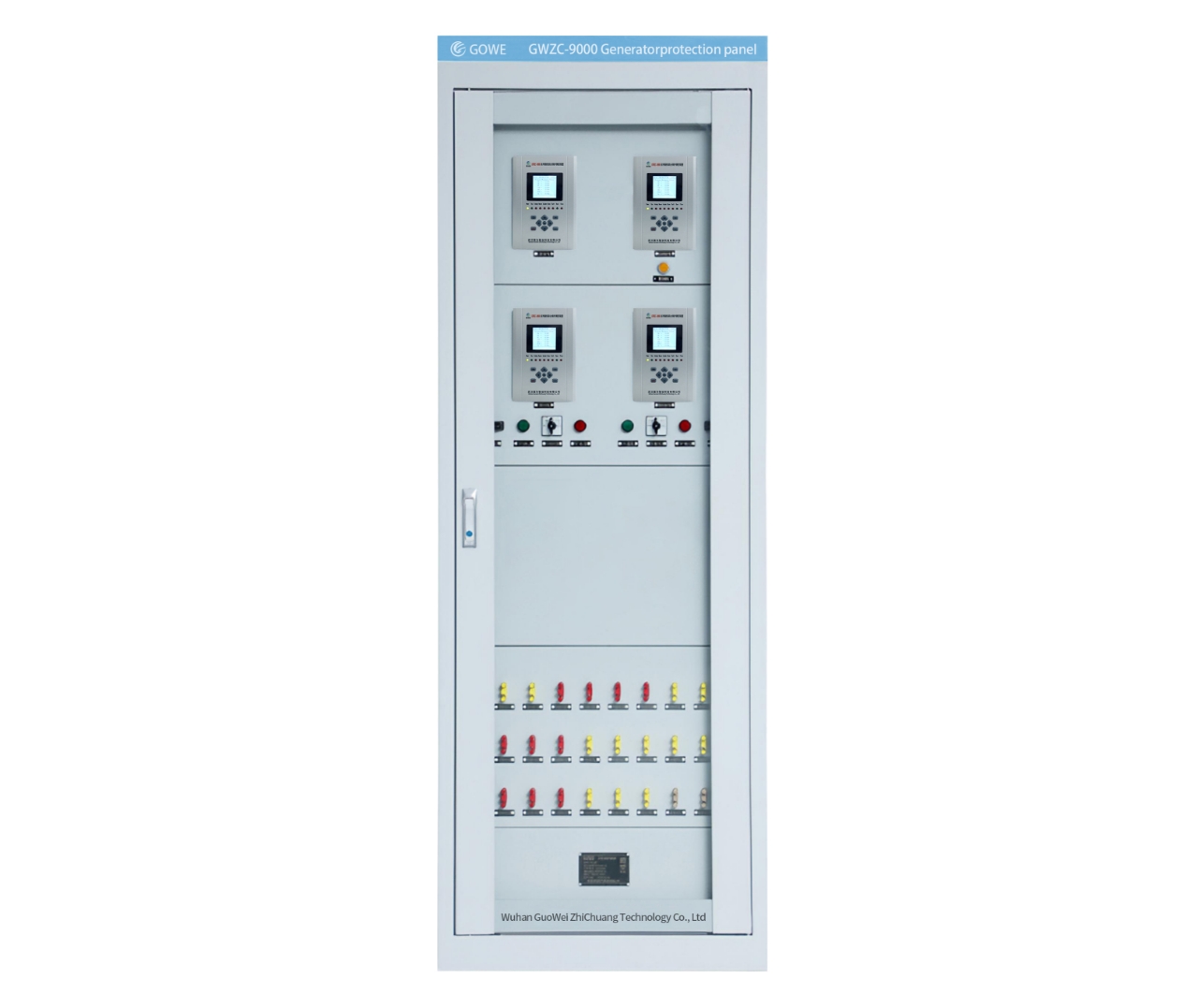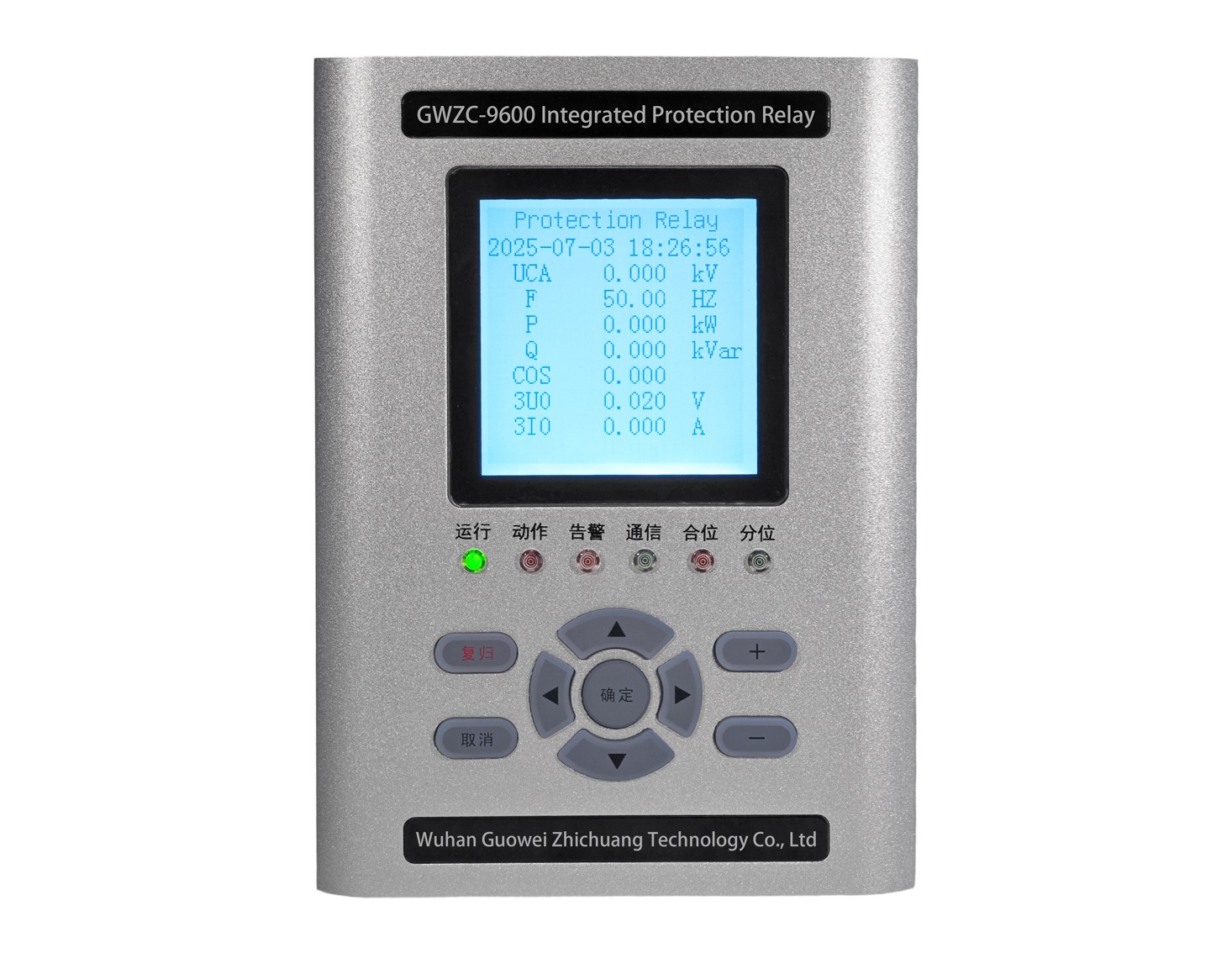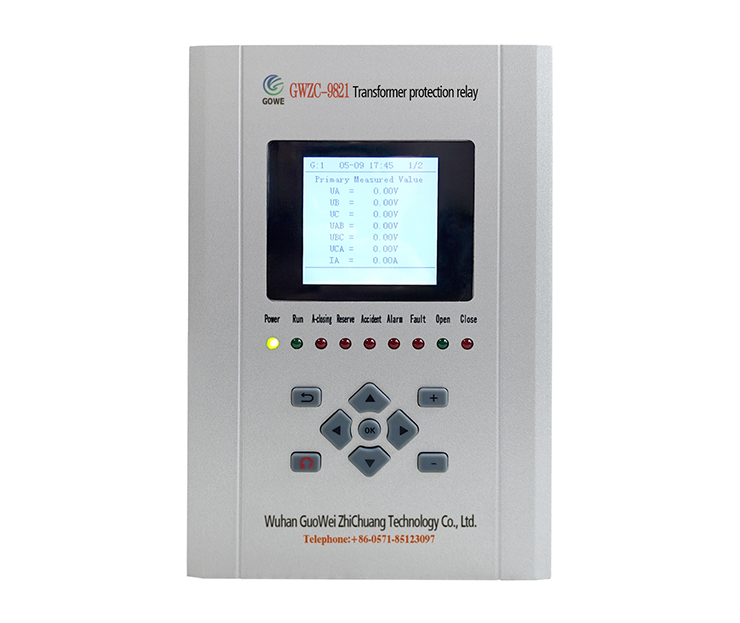
Generator Differential Protection: Working Principle & Key Features
Generator differential protection relay is the primary defense against internal faults in power generators. By comparing the current entering and leaving the generator windings, this protection scheme ensures rapid fault detection and isolation. In this article, we explore the working principle of generator differential protection, its key components, and why it is critical for power system reliability.
How Does Generator Differential Protection Work?
The generator differential protection operates based on Kirchhoff’s Current Law (KCL), which states that the sum of currents entering and exiting a circuit should be zero under normal conditions.
1. Basic Principle
Under normal operation, the current entering the generator’s neutral side (IN) and the current leaving the terminal side (IT) are equal in magnitude but opposite in phase.
The differential current (Idiff) is calculated as:
Idiff = | IT+ IN |
Where:
IT = Terminal current (phase vector)
IN = Neutral current (phase vector)
If Idiff exceeds a preset threshold, a fault is detected.
2. Protection Zone
Generator differential protection covers the stator windings and the connecting leads between the generator’s terminal and neutral point.
It does not respond to external faults due to its restraint characteristic.
Key Components of Generator Differential Protection
(1) Current Transformers (CTs)
Two sets of CTs are installed:
Generator terminal CTs (measuring IT)
Neutral point CTs (measuring IN)
CTs must have matched ratios and polarities to avoid false tripping.
(2) Differential Relay Logic
Pickup Setting (Iset): Minimum differential current to trigger protection (e.g., 0.2–0.4 × I_rated).
Restraint Quantity (Ires): Stabilizes protection during external faults:
Ires = | IT –IN | / 2
Ratio Restraint Characteristic:
Idiff ≥ K ⋅Ires + Iset
Where:
K = Restraint slope (typically 0.3–0.5).
(3) Harmonic Blocking
Blocks tripping if 2nd harmonic content exceeds 15–20% of fundamental frequency.
Why Is Generator Differential Protection Important?
Sub-Cycle Fault Clearing: Isolates faults in < 20 ms.
98% Selectivity: Avoids unnecessary grid disconnections.
Damage Prevention: Reduces repair costs by 70–90% for major internal faults.
Common Applications
Phase-to-phase (L-L) and three-phase (L-L-L) stator faults
Ground faults (L-G) within protection zone
Conclusion
Generator differential protection is non-negotiable for modern power plants. Its real-time current balancing logic, governed by I_diff ≥ K × I_res + I_set, ensures mission-critical reliability. For optimal security, always combine it with harmonic blocking (>15% 2nd harmonic) and CT saturation detection.
